Milestones
SQlab - a name from ancient greek mythology
What is the origin of our name "SQlab"?
Asclepius (german: Äskulap) in ancient Greek mythology is the healing god of medical arts. With his magical healing power he is believed to be a master of the art of healing like no other. A typical representation of Exclepius is a bearded man leaning on a snake-entwined staff.
The snake (colubrid) eventually became the symbol of medicine and to this day can be seen used in this context in many medical and pharmaceutical facilities. Here at SQlab, with our medical specialists, we place a strong emphasis when developing products on the need for ergonomics and health aspects in cycling. As a result, we have hence adapted our name to the god of medicine in modified form and symbolically use a snake-entwined saddle to complete the logo. This is how our so-called SQ-laboratory, in which research and development of the highest level, has taken place for years with great success.
2021
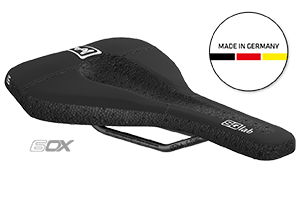
The first "Made in Germany" saddle
The 6OX saddle "Made in Germany" is the beginning of an exciting project SQlab has been working on for many years. Local manufacturing, quality assurance and durability are crucial for the SQlab project.
2019
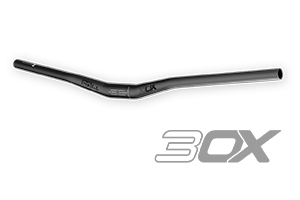
Unbreakable only SQlab without damage!
2019
SQlab pants serie - the perfect SQ-Short for every area of use
2018
SQlab launches grip series and wins the Eurobike Gold Award
2018
SQlab 6OX - the new E-Performance & Gravity saddle
2017
SQlab presents the ERGOLUX® saddle series
Ergonomics - Comfort - Movement The ERGOWAVE® will be developed comfortably and for a more upright sitting position. The result is the new ERGOLUX series, more space, more movement and less pressure. At the beginning three models for different applications and saddle widths will be presented.
2017
The ERGOWAVE®
as ltd. Edition 2017 is the year of the limited ERGOWAVE® special models. Tibor Simai size of the bike industry and product developer at SQlab receives its second ltd. Saddle model in the colour Flow Yellow. The Endless Summer Edition in Endless Summer Green is intended to celebrate and revive the shared "sitting in the saddle" as an attitude towards life.
2016
The new 411 Innerbarends
The new edition of the Innerbarends, which was already developed in 2007, is celebrating great success. After the trend goes again to flatter and substantially broader handlebars, these make sense again. They allow the cyclist to vary the grip position on long exits and at the same time offer the safety of reaching the brake from any grip position.
2015
SQlab presents the newly developed saddle form Ergowave
which emerged from a three-year research project in cooperation with the FH and the University Hospital Frankfurt. For the first time in history, the research team succeeded in calculating the forces occurring between the human being and the bicycle saddle down to the deep structures of the body.
2015
SQlab is now represented in 23 countries.
Sit bones of all nationalities are now measured. Interestingly, however, no new maximum and minimum values have been added to our statistics. Thus the average values of the sit bone distances between different continents differ far less strongly from each other than assumed.
2014
The new surveying system is introduced
Another highlight for 2015 - the new measuring stool with knobbed plate in a new, modern design. The good old measuring cardboard is obsolete in 2015 and will be replaced by the new burl plate with special measuring paper. From now on, one sheet of paper is sufficient to determine the exact sit bone distance and creates an even more accurate measurement result. In our iQlab seminars, retailers learn how to read the measuring paper. In addition to the sit bone distance, pelvic malposition can also be detected.
2013
Our conclusion after 10 years of SQlab
After 10 years full of innovations, which often changed the whole market and gave back the joy of cycling to many customers, SQlab belongs to one of the most copied companies in this field. The strategy to maintain the market lead through a high speed of innovation will be maintained in the future.
2012
SQlab is committed to the local Isartrails
An Isartal hiking club and some ornithologists feel disturbed by the increasing bicycle traffic, join forces and put pressure on the politicians to block the Isartrails for cyclists. After the well-known bomb crater area was closed some years ago, this threat has to be taken very seriously. Together with Christian Henne from the agency Henne Digital, SQlab creates the Facebook page Pro Isartrail and launches a special model. The Isartrails are not closed and are still open to all cyclists.
2011
SQlab moves to Taufkirchen
The move to nearby Taufkirchen in November finally creates space. The SQLaboratory is extended by a scientific performance measurement system, with which the performance of the individual muscles during pedaling can be measured. With five different measuring systems, the pressure load in shoes, handles, on the saddle and now also in car seats can be measured and evaluated. Video analysis can be used to observe and evaluate the driver's movements and angles.
2011
The new 711 grip
is introduced The clamping was developed in cooperation with Syntace and does not require metal except for the clamping screw. The result is less weight, better grip and lower manufacturing costs. The first all-round grip, in particular the square/surface shape on the front and underside, provides unprecedented comfort and grip.
2010
711 handle - patent dispute -
first a setback. SQlab can fall back on handle developments and industrial property rights from the 90s, but still does without a protracted patent war with the German competitor. Reason: The SQlab development department already has several improvements and new grip concepts in its drawer and so SQlab decides to settle the dispute not in court but in the free market, where in the end the better product and thus the cyclist wins.
2007
World champion!
SQlab rider Hanka Kupfernagel becomes world champion in the individual time trial on the 612 and wins in the same year still the DM on the mountain bike and the DM in bike cross. In the next few years, many more SQlab riders achieved DM and EM successes as well as victories and top positions in long-distance races such as the Race across America.
2003
Foundation of the company SQlab GmbH
In February, SQlab GmbH is founded in Frundsbergstraße in Straßlach near Munich. A single-family house serves as an office, two office containers as a warehouse, and the development laboratory is initially housed in a small wooden house. Despite limited space, highly sensitive pressure measuring systems are already being used here, scientists and doctors are pressing the button, the founder's mood gives them strength and energy. The real test laboratory, however, is the Munich Isartrails directly in front of the door, where all products of SQlab and all competitors are constantly tested and which will later hit the headlines.
2003
The first SQlab stepped saddle 601
comes onto the market The first SQlab step saddle, the model 601, is introduced. The success is still moderate, although sit bones are already measured diligently, but only in the course of the year the width 15 cm is added to the width 13 cm. Especially with saddles the tool costs are very high and so the choice of saddle has to grow slowly.
2002
The sit bone measurement
SQlab is the first saddle manufacturer to develop a system for measuring the sit bones and determining the optimum saddle width depending on the sitting position. This idea will become established worldwide in the next few years and it is hardly imaginable today to buy a saddle without sit bone measurement.
1992
SQlab founder Tobias Hild launches Amazing Toys brand
Back then SQlab founder Tobias Hild developed products for the MTB downhill sport, which was still in its infancy at that time, under the brand name Amazing Toys. However, the first step saddle and grips with a lock function were also created. However, the company concentrated on downhill sports and these products never reached series maturity.
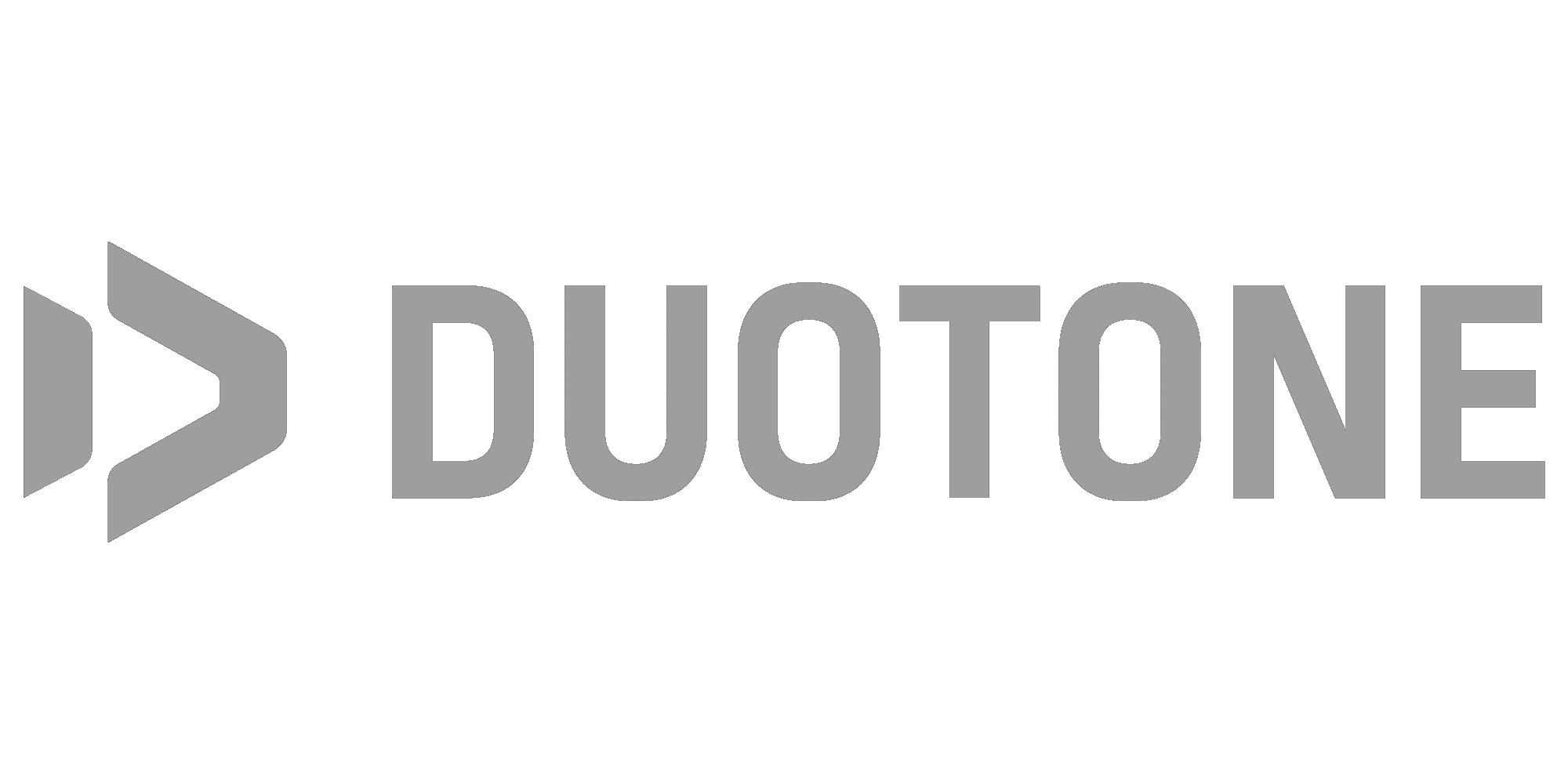
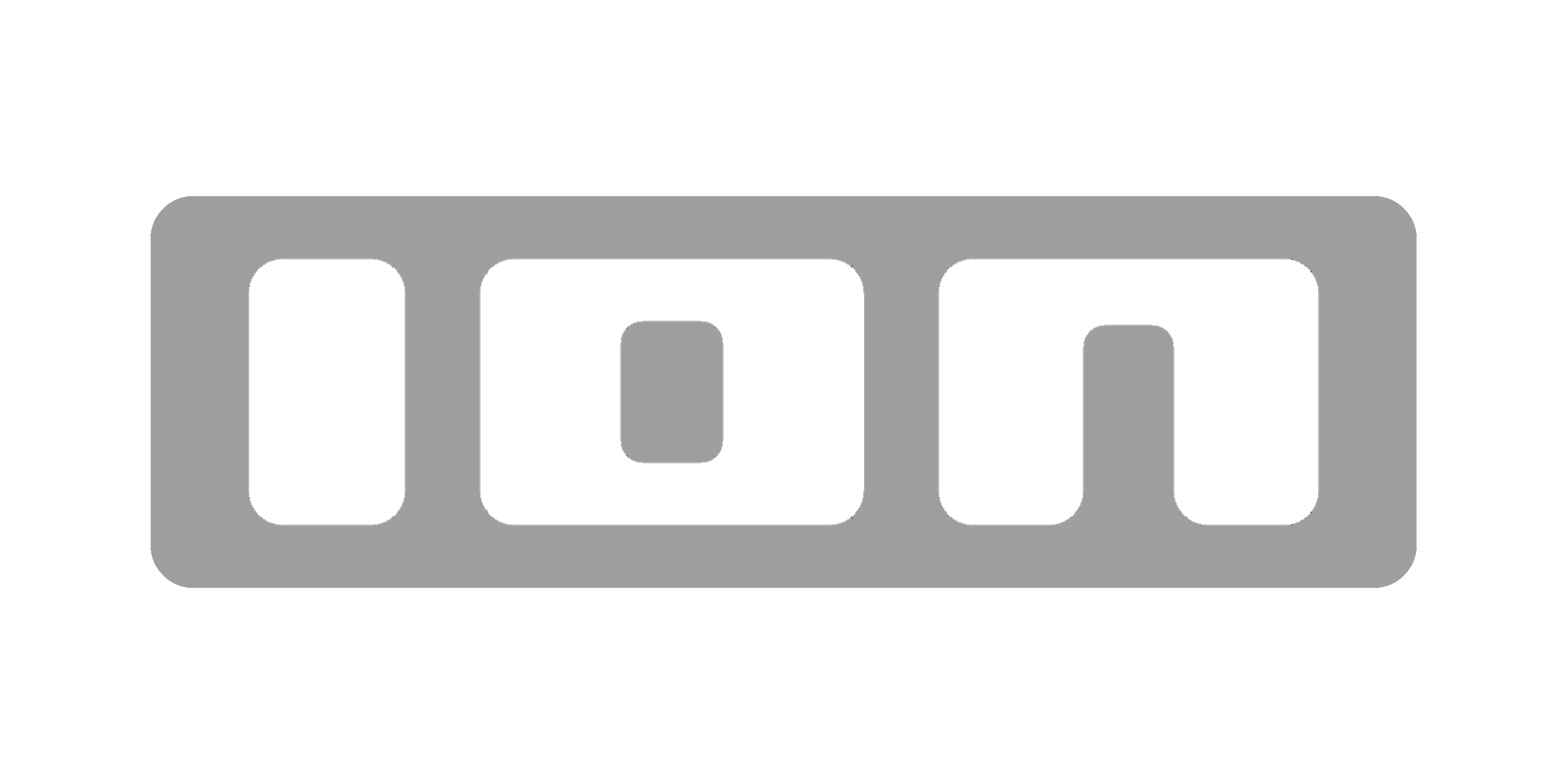



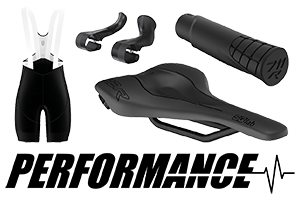


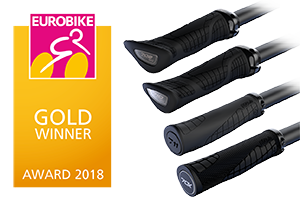
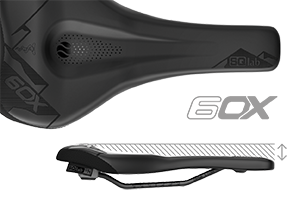


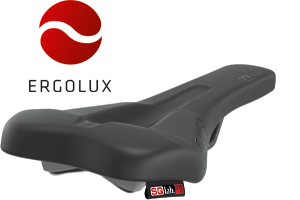

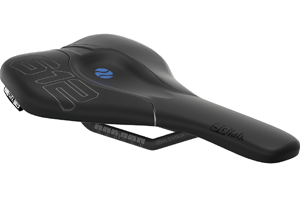
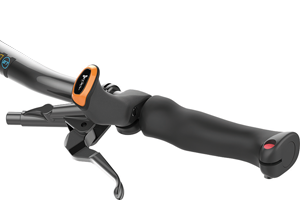
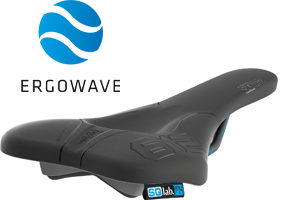
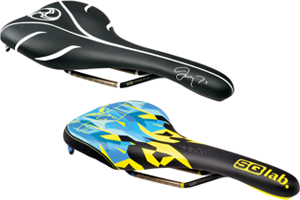

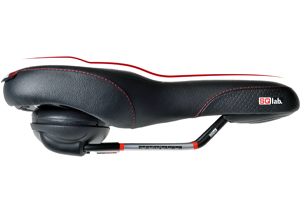


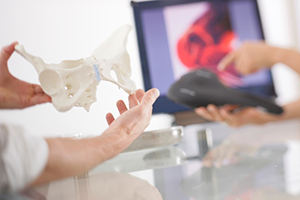
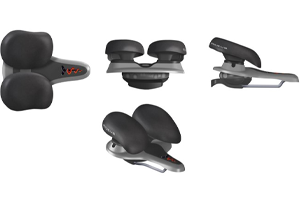

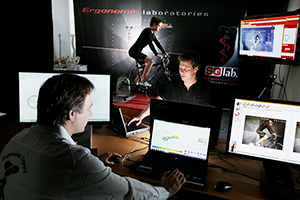

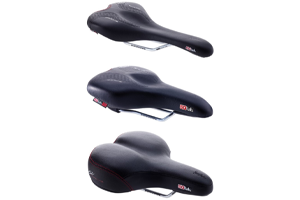

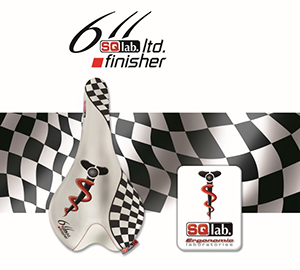
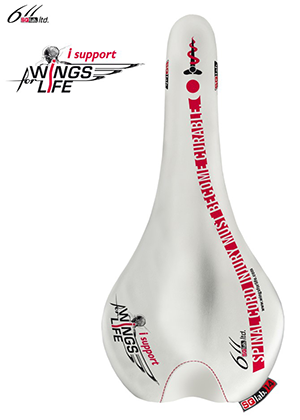

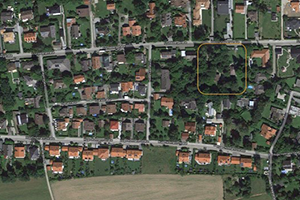
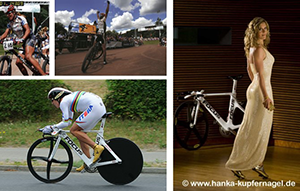
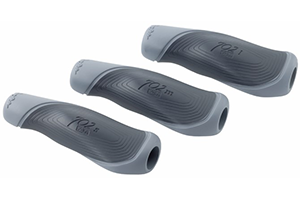
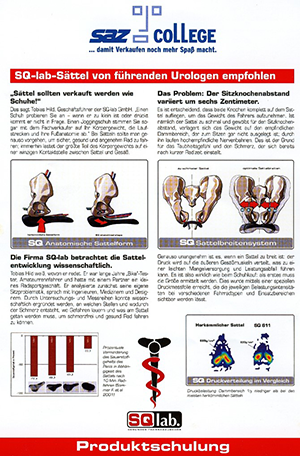
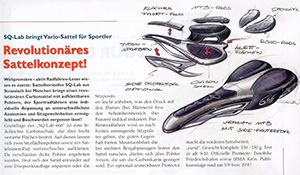
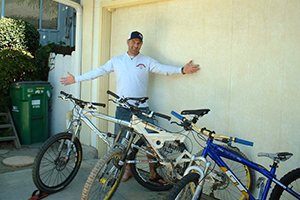
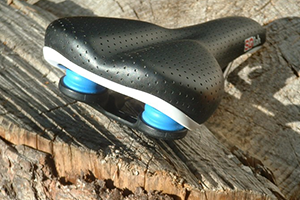

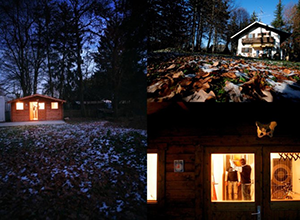
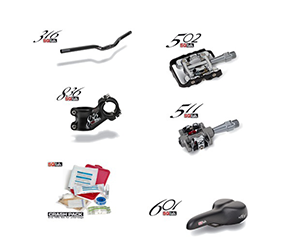
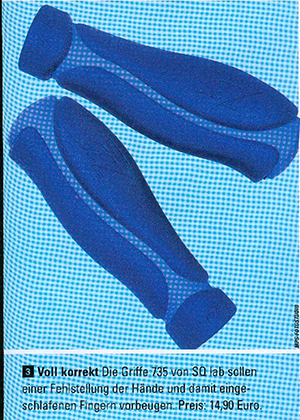
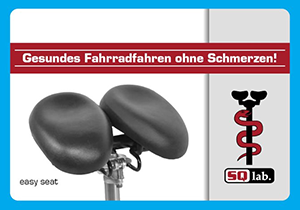
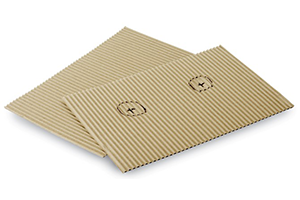
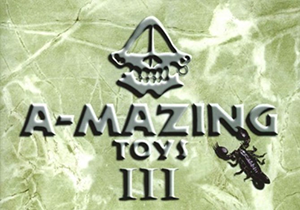
.contact)